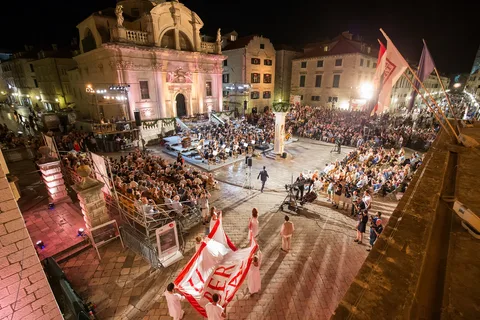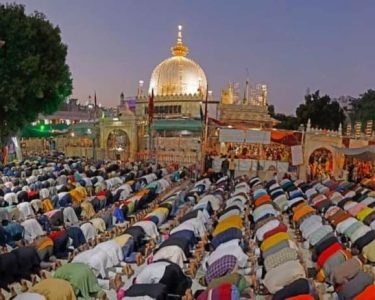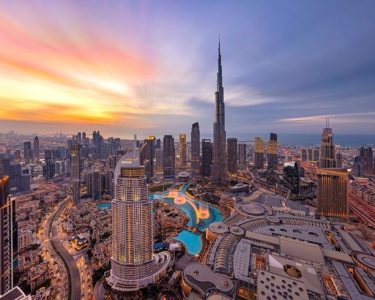Dubrovnik, often referred to as the “Pearl of the Adriatic,” is a stunning coastal city in Croatia. Known for its breathtaking medieval architecture and rich cultural heritage, Dubrovnik draws visitors from all over the world. Among its many attractions, the ancient city walls and the Dubrovnik Summer Festival stand out as two of the most significant. These landmarks not only highlight the city’s historical importance but also its vibrant cultural scene.
History of Dubrovnik
The history of Dubrovnik dates back to the 7th century when it was founded by refugees from the nearby city of Epidaurum. Over the centuries, Dubrovnik grew into a prosperous maritime republic, known for its skilled diplomacy and powerful fleet. The city’s strategic location and natural harbor contributed to its wealth and influence, making it a key player in Mediterranean trade.
The Significance of Dubrovnik’s City Walls
Dubrovnik’s city walls are an architectural masterpiece. Built primarily between the 12th and 17th centuries, these walls stretch for nearly 2 kilometers and encircle the entire old town. With a height of up to 25 meters in some places, they present a formidable sight.
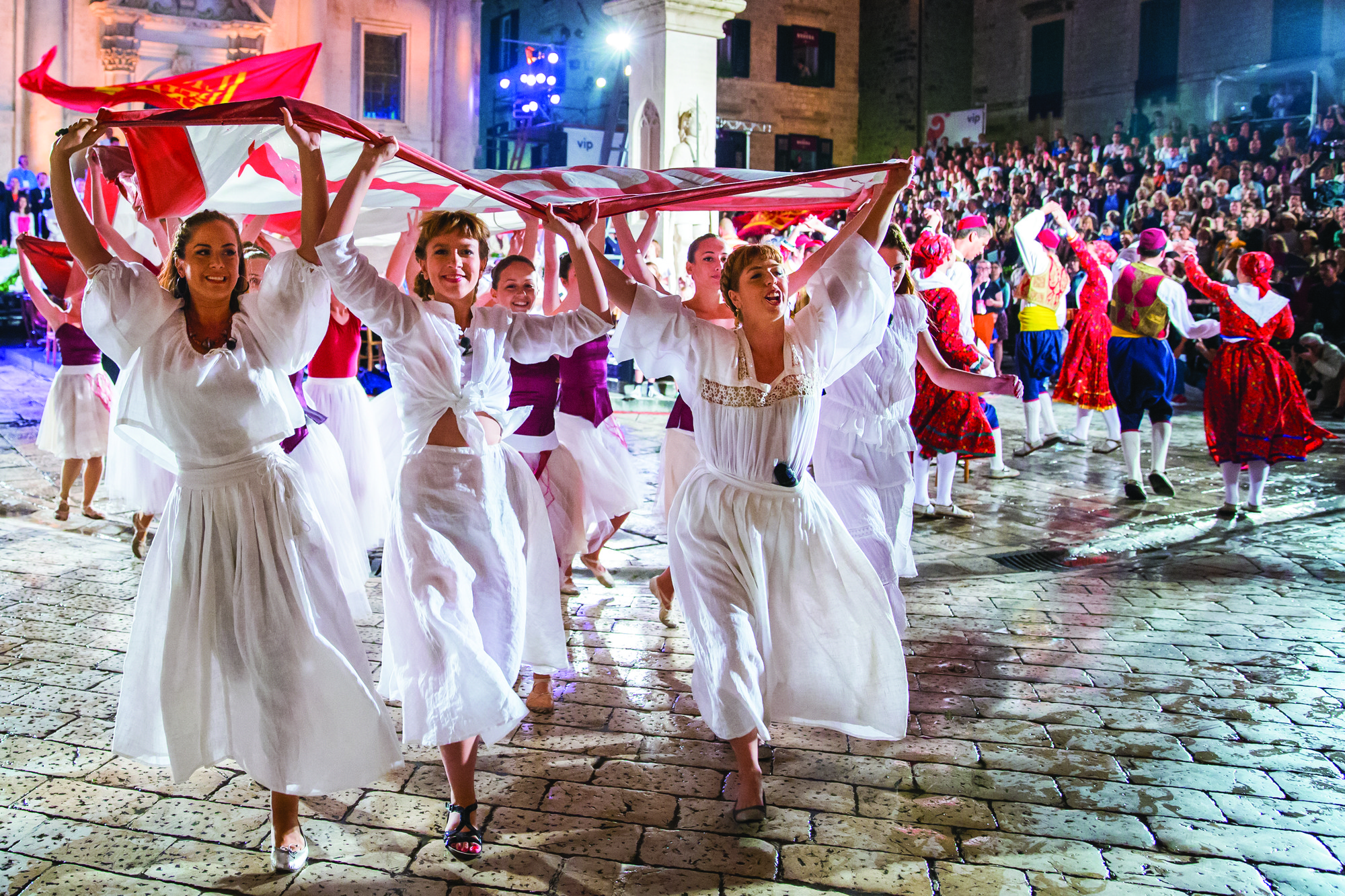
Defensive Purposes
The walls were constructed to protect the city from invaders. Over time, they were reinforced with forts, towers, and bastions, creating a complex defensive system that successfully deterred numerous attacks. The walls have stood the test of time, symbolizing Dubrovnik’s resilience and strength.
Historical Significance
Beyond their defensive role, the city walls hold immense historical value. They are a testament to the city’s medieval engineering prowess and strategic importance. Walking along these walls is like stepping back in time, offering a glimpse into Dubrovnik’s storied past.
Construction and Structure of the Walls
The construction of Dubrovnik’s city walls spanned several centuries. Initial fortifications began in the 8th century, but significant expansions and reinforcements were made during the 14th and 15th centuries. The walls we see today are the result of continuous improvements and adaptations to evolving military technologies.
Materials Used
The walls were primarily built using limestone, a material abundant in the region. This choice not only provided durability but also gave the walls their distinctive appearance, blending seamlessly with the city’s other stone structures. Some of the most notable features include the Pile Gate, the main entrance to the old town, and the Minetta Tower, which offers panoramic views of the city and the Adriatic Sea. The Bokar Fortress, another prominent section, was crucial in defending the western approach to the city. Exploring the city walls is a must-do activity for any visitor to Dubrovnik. The walk typically takes around two hours, offering stunning views of the old town’s red-tiled roofs, narrow streets, and the shimmering Adriatic Sea. Along the way, you’ll encounter several towers and fortresses, each with its own unique history.
Notable Sections and Viewpoints
Some of the best viewpoints along the walls include the Minetta Tower, where you can see the entire city spread out below, and the St. John Fortress, which houses the Maritime Museum. The Revelin Fortress, near the eastern gate, provides another excellent vantage point.
Cultural Impact of the City Walls
The city walls are more than just a historical artifact; they are a symbol of Dubrovnik’s identity. They have played a significant role in shaping the local culture, inspiring art, literature, and folklore. The walls also contribute to a sense of pride among residents, serving as a reminder of their heritage.
Role in Dubrovnik’s UNESCO Status
In 1979, Dubrovnik’s old town, including its city walls, was designated a UNESCO World Heritage Site. This recognition has helped preserve the city’s historical and cultural treasures, ensuring that they remain intact for future generations to appreciate.
Memorable Moments in the Festival’s History
The festival’s history is filled with memorable moments. From groundbreaking theatrical productions to unforgettable musical performances, each year adds new highlights to its legacy. These moments contribute to the festival’s enduring appeal and reputation.
Festival’s Role in Promoting Dubrovnik
The Dubrovnik Summer Festival plays a crucial role in promoting tourism. It draws visitors from across the globe, boosting the local economy and showcasing the city’s cultural richness. The festival’s diverse program ensures that there is something for everyone, making it a key attraction for tourists.
Enhancing the City’s Global Reputation
By hosting a world-class cultural event, Dubrovnik has cemented its place on the global stage. The festival enhances the city’s reputation as a cultural hub, attracting artists and audiences alike. This recognition has far-reaching benefits, from increased tourism to greater international interest in Dubrovnik’s cultural heritage.
While the Dubrovnik Summer Festival is a highlight, the city is worth visiting year-round. The best times to visit are during the shoulder seasons of spring and fall when the weather is pleasant, and the crowds are smaller. However, if you want to experience the festival, plan your trip for mid-July to mid-August.
Travel Tips and Accommodations
Dubrovnik is well-connected by air, with regular flights from major European cities. Once you arrive, getting around is easy, thanks to the city’s compact size and efficient public transportation. Accommodations range from luxury hotels to charming guesthouses, catering to all budgets.
Experiencing Local Cuisine
No visit to Dubrovnik is complete without sampling the local cuisine. Must-try dishes include fresh seafood, such as octopi’s salad and grilled fish, as well as traditional Dalmatian dishes like pasticada (slow-cooked beef) and black risotto.
Recommended Restaurants
For a memorable dining experience, head to one of the many restaurants in the old town. Some top recommendations include Nautika, known for its stunning views and gourmet seafood, and Konoba Dubrava, which offers hearty local fare in a cozy setting.
Additional Attractions in Dubrovnik
In addition to the city walls, Dubrovnik is home to many other historical sites. The Rector’s Palace, Sponza Palace, and the Franciscan Monastery are just a few of the landmarks that offer a glimpse into the city’s rich history.
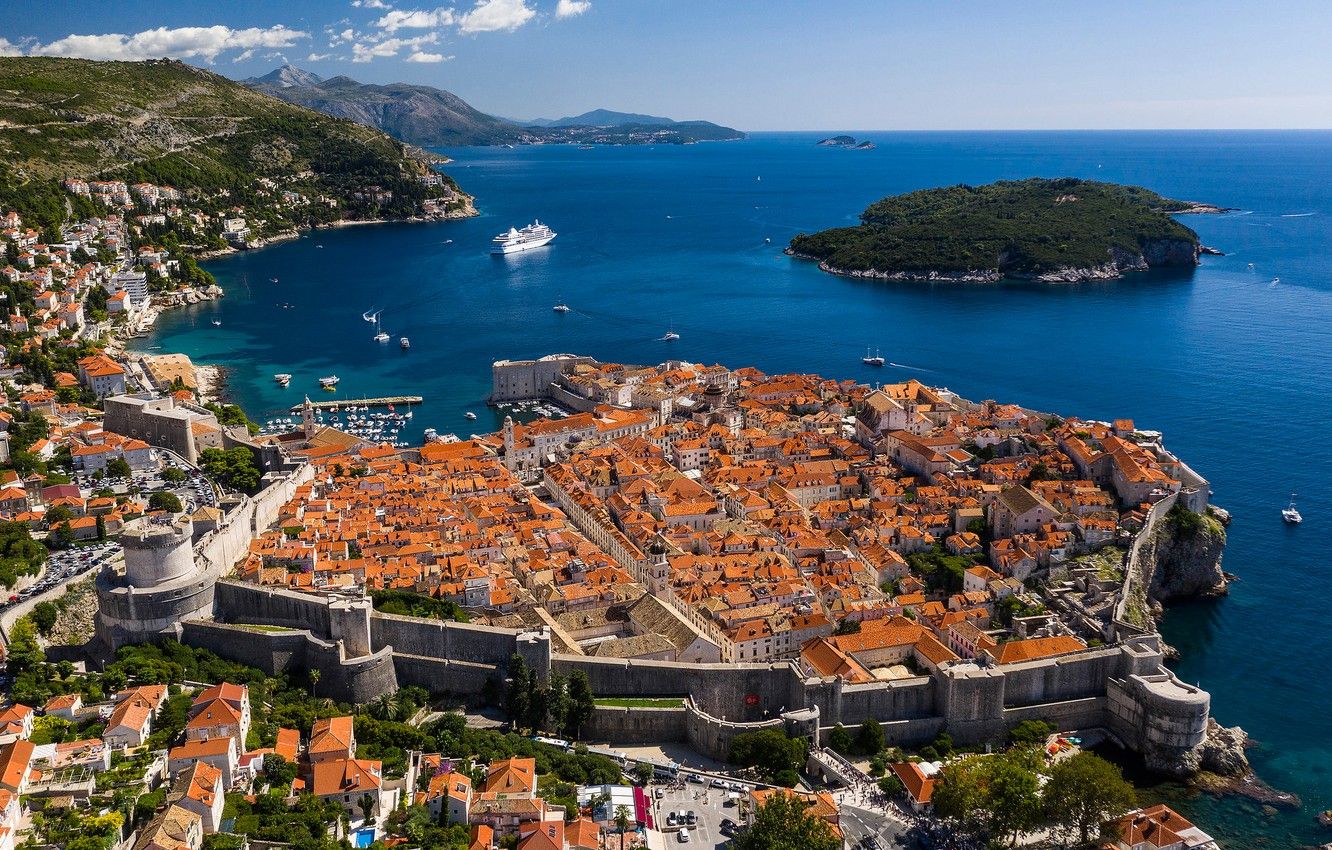
Natural Beauty and Excursions
Dubrovnik’s natural beauty is equally captivating. Take a boat trip to the nearby Elafiti Islands, hike up Mount Srd for panoramic views, or relax on one of the city’s picturesque beaches. These excursions provide a perfect complement to your cultural explorations.
Conclusion
Dubrovnik’s ancient city walls and the Dubrovnik Summer Festival are two of the city’s most iconic attractions. The walls stand as a testament to the city’s historical resilience, while the festival showcases its vibrant cultural scene. Together, they offer visitors a unique blend of history, art, and entertainment. Whether you’re walking along the ancient fortifications or enjoying a world-class performance, Dubrovnik promises an unforgettable experience.

